Nestled deep in the heart of Florida’s untamed Everglades, the remains of the Everglades Jetport stand as a monument to ambition, environmental activism, and colossal failure. What was supposed to be the largest airport in the world, a gateway for supersonic airliners of the future, now lies abandoned, a cracked, weed-choked runway stretching into the swampy abyss.
For those drawn to forgotten places and the ghosts of grand visions, the Everglades Jetport offers a haunting slice of history and a stark reminder of human overreach.
DESTINATION: Everglades Jetport
CURRENT WEATHER
clear sky (17 C / 63 F)
![]()
AIR QUALITY INDEX (AQI)
Good (38)
A Jet-Age Dream That Never Took Off
In the 1960s, the world was basking in the glow of the Golden Age of Aviation, a time when air travel symbolized innovation, luxury, and a boundless future. Jet engines had revolutionized the industry, and the skies were buzzing with the promise of faster, more efficient flights. This era wasn’t just about crossing oceans but about doing it in style and at record speeds. Airlines competed to outdo each other, offering elegant cabins, gourmet meals, and the latest mid-century design. But the real buzz was about what came next: supersonic passenger jets, capable of breaking the sound barrier and shrinking travel times to unimaginable speeds.
The Concorde, a sleek, needle-nosed marvel, was poised to lead this charge, promising to ferry passengers across the Atlantic in under four hours. It wasn’t just an airplane but a status symbol, a glimpse of a high-tech, jet-set future. Airports around the world scrambled to adapt to this new generation of aircraft. They required longer runways, state-of-the-art facilities, and airspace to handle the Concorde’s ear-splitting sonic booms.
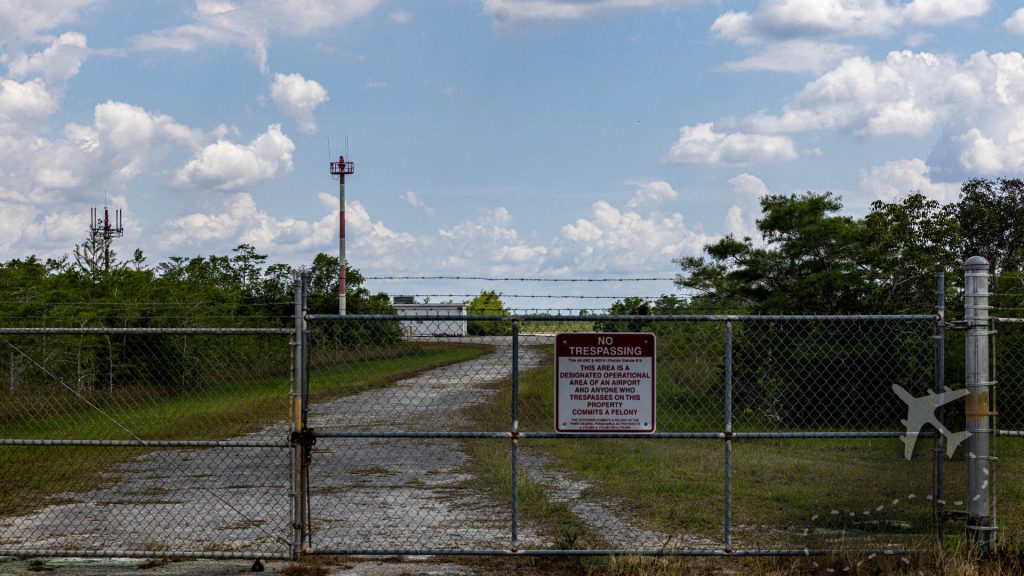
Enter the Everglades Jetport, a vision of the future that would eclipse anything the world had seen. Proposed by the Dade County Port Authority, it was designed to be the largest airport on the planet, a sprawling facility with six runways and enough capacity to handle a new era of air traffic. Already a booming gateway to the Americas, Miami would become the centerpiece of global air travel, solidifying its place as a futuristic hub for supersonic flight.
The site chosen? A remote stretch of land deep in the Everglades, strategically positioned almost equidistant between Miami and Fort Myers, makes it an ideal location to serve as a regional hub for Florida and beyond. Just 36 miles west of Miami, this spot was envisioned as a futuristic gateway to the Americas and the world. Developers painted an awe-inspiring picture: sprawling terminals, bustling runways, and the hum of Concordes and other supersonic giants zipping across the skies.
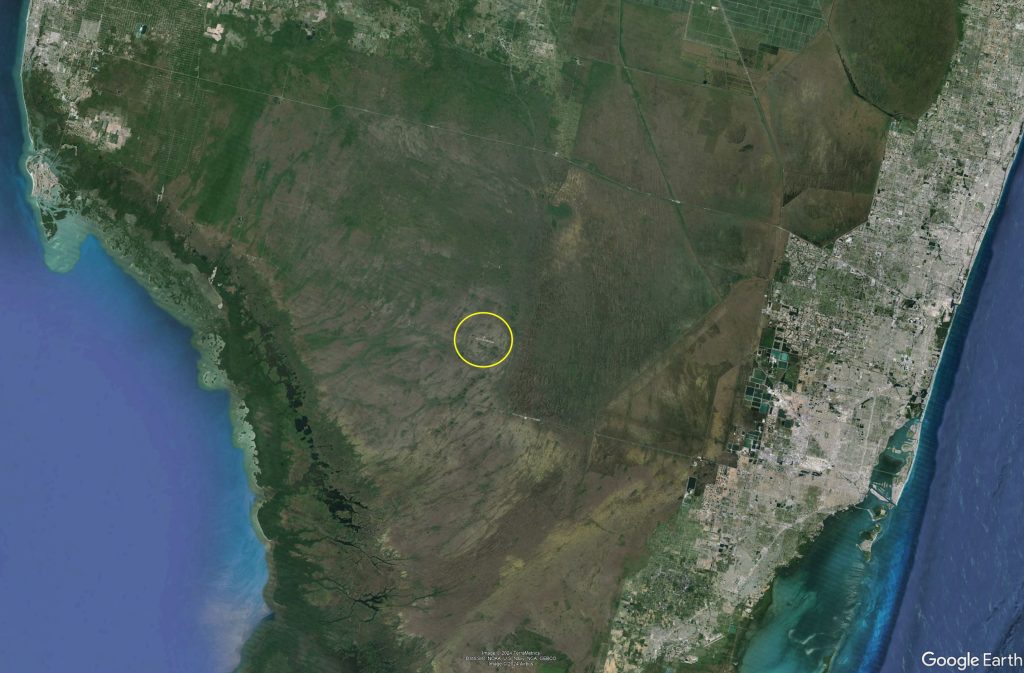
It was an audacious plan, embodying the era’s unshakable faith in progress. But as history would soon reveal, the future skies weren’t as limitless as they seemed.
Crash Landing: Why the Jetport Was Grounded
While the vision was grand, reality came crashing down almost immediately. As construction began, environmentalists and scientists sounded the alarm. The Everglades, they argued, was a fragile ecosystem, essential to Florida’s water supply and home to countless species. Building a sprawling airport in the middle of it would be an ecological disaster.
Reports confirmed the fears: the jetport’s construction could irreparably damage the Everglades. Public outcry grew, and environmental groups gained the ear of lawmakers who succumbed to pressure. The project was effectively canceled in 1970, and only the single massive runway was ever completed. The Concorde, which the jetport was designed for, also faced its troubles, including limited routes and public opposition to sonic booms.
From Supersonic Hub to Training Ground
Although the Everglades Jetport never became an international travel hub, it hasn’t been forgotten. Today, it serves as a training site for pilots and law enforcement. Officially called the Dade-Collier Training and Transition Airport, it’s a place where rookie aviators practice takeoffs and landings in a setting that feels like the edge of the world.
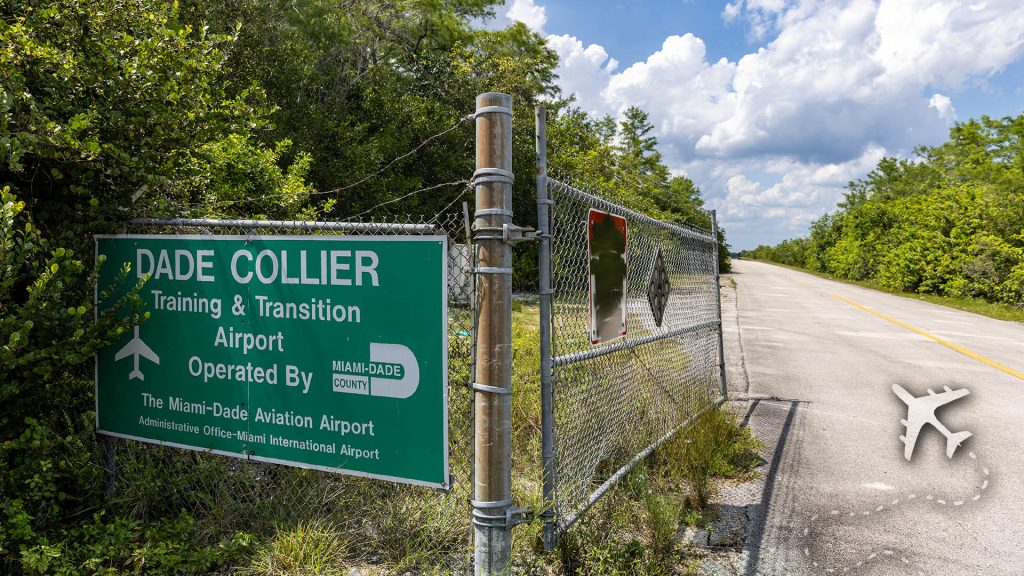
But make no mistake, this is not your typical airport. The runway is usually eerily empty, and the surrounding swampland gives the place an otherworldly vibe. It’s both a functional space and a piece of aviation history frozen in time.
Visiting the Abandoned Everglades Jetport
For those with a love of dark tourism or abandoned places, the Everglades Jetport is worth the trek. While the site isn’t officially open for casual visitors, the desolate runway can be viewed from public access points along the surrounding roads.
- What to Expect: A single massive runway, cracked and overgrown, surrounded by endless wetlands. The silence here is profound, broken only by the occasional buzz of wildlife or distant engines from training aircraft.
- Getting There: The jetport is off U.S. Route 41, known as the Tamiami Trail. It’s about a 40-minute drive from Miami but prepare for a remote, swampy landscape once you arrive.
- Safety Tips: This is the Everglades, so watch for snakes, alligators, and mosquitoes the size of small birds. Bring water, bug spray, and a solid sense of adventure.
The site’s eerie isolation makes it a dream for photographers and anyone seeking a slice of Florida’s forgotten history.
Everglades Jet Port Uncensored: A Relic of Ambition and Hubris
The Everglades Jetport is more than an abandoned runway; it’s a testament to the clash between human ambition and the natural world. It represents a time when we believed we could conquer anything, only to be humbled by the reality of our impact.
Today, it stands as a haunting landmark for the curious and the brave. Whether chasing the thrill of desolation or pondering the ghosts of grand designs, the Everglades Jetport offers a journey into the past and a stark warning for the future.





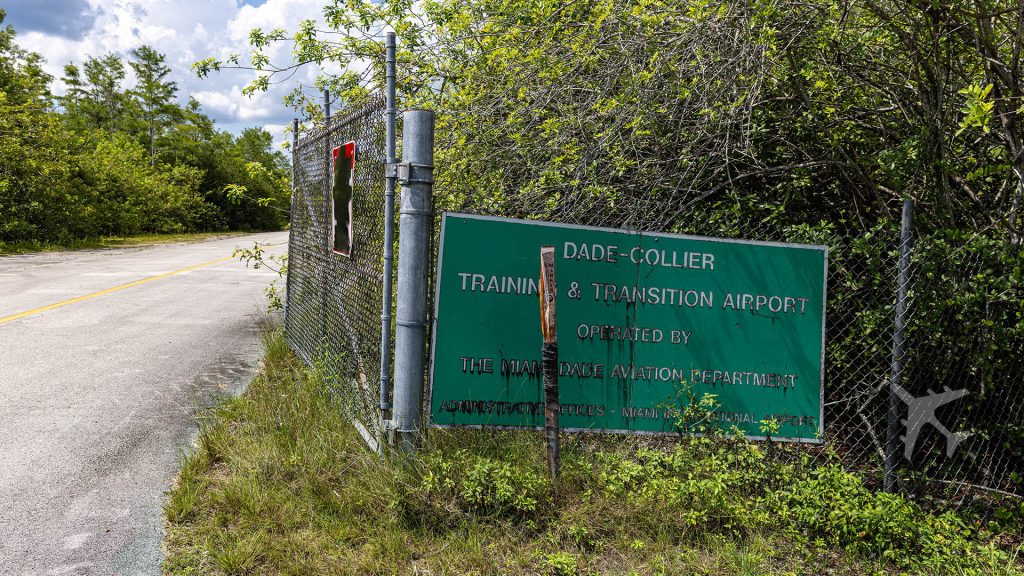
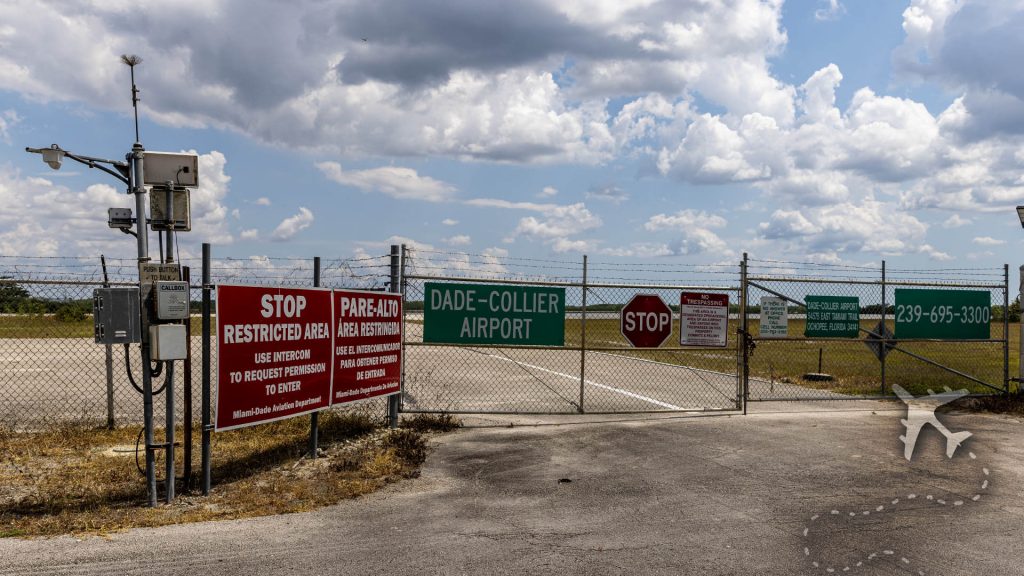
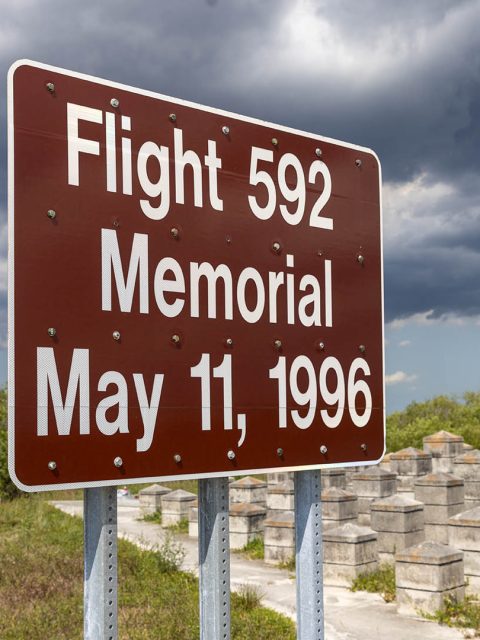

Me gustaría recibir información sobre los terrenos del Everglades Int’l Airport que fueron expropiados por el Gobierno en el año 1975, un total de trece terrenos a nombre de mis padres y abuelos, cuál es la situación de esas propiedades en estos momentos, gracias